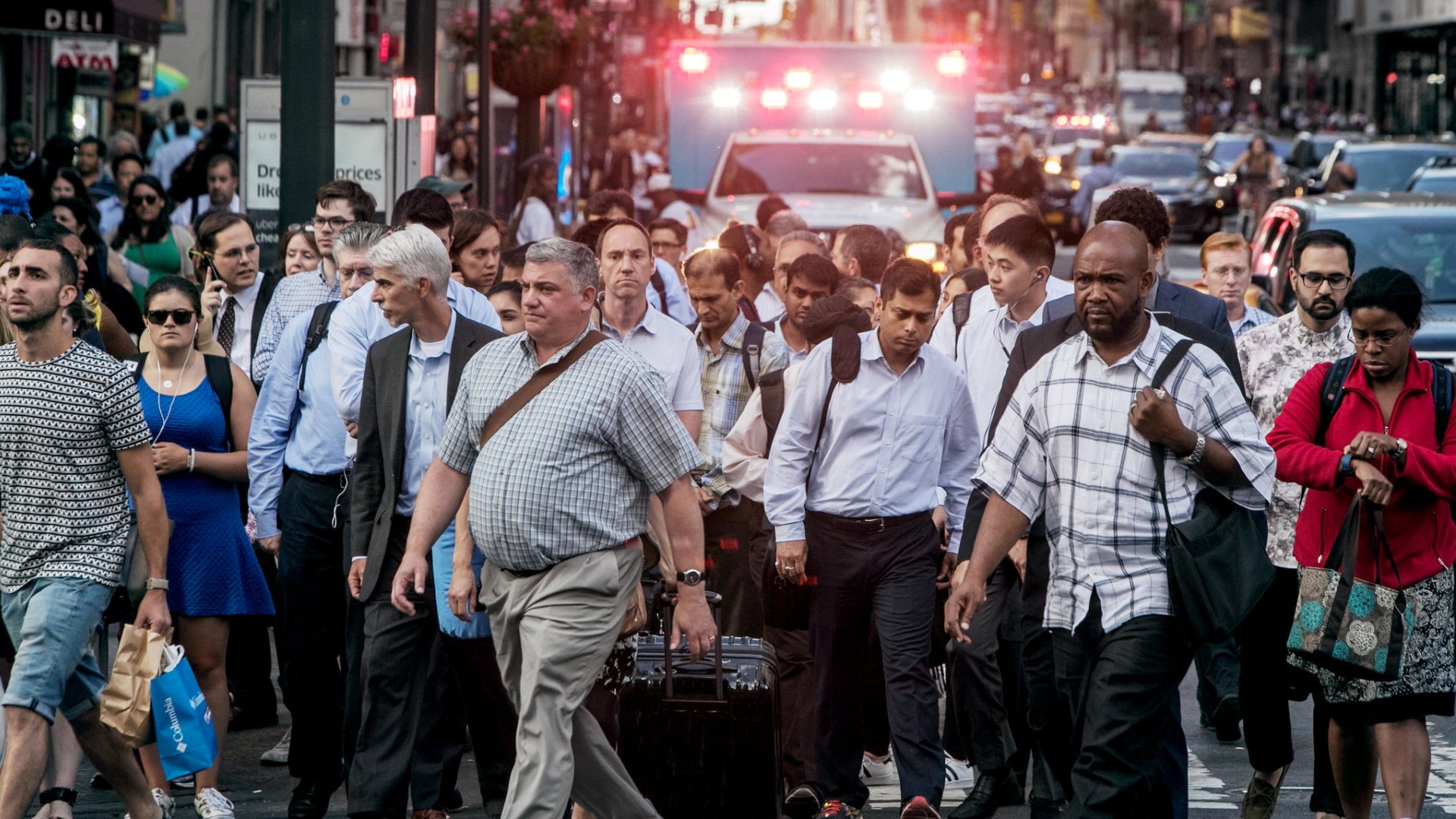Second Wave of COVID-19 On The Way – Even as states move ahead with plans to reopen their economies, the director of the Centers for Disease Control and Prevention warned Tuesday that a second wave of the novel coronavirus will be far more dire because it is likely to coincide with the start of flu season.
“There’s a possibility that the assault of the virus on our nation next winter will actually be even more difficult than the one we just went through,” CDC Director Robert Redfield said in an interview with The Washington Post. “And when I’ve said this to others, they kind of put their head back, they don’t understand what I mean.”
“We’re going to have the flu epidemic and the coronavirus epidemic at the same time,” he said.
Having two simultaneous respiratory outbreaks would put unimaginable strain on the health-care system, he said. The first wave of covid-19, the disease caused by the coronavirus, has already killed more than 42,000 people across the country.
RELATED: CDC Calamity Cost Many Americans Their Lives
It has overwhelmed hospitals and revealed gaping shortages in test kits, ventilators and protective equipment for health-care workers.
In a wide-ranging interview, Redfield said federal and state officials need to use the coming months to prepare for what lies ahead. As stay-at-home orders are lifted, officials need to stress the continued importance of social distancing, he said.
They also need to massively scale up their ability to identify the infected through testing and find everyone they interact with through contact tracing. Doing so prevents new cases from becoming larger outbreaks.
Asked about protests against stay-at-home orders and calls on states to be “liberated” from restrictions, Redfield said: “It’s not helpful.” The president himself has tweeted encouragements of such protests, urging followers to “LIBERATE MINNESOTA!” and “LIBERATE MICHIGAN!”
Redfield said that he, along with other members of the White House coronavirus task force, have emphasized the importance of social distancing “and the enormous impact that it’s had on this outbreak in our nation.”
As part of the White House guidelines released last week for a gradual reopening of the country, testing by CDC teams is already underway in nursing homes in four states for asymptomatic cases. The four states are Nebraska, New Mexico, North Dakota and Tennessee.
The CDC has also drafted detailed guidance for state and local governments on how they can ease mitigation efforts, moving from drastic restrictions such as stay-at-home orders in a phased way to support a safe reopening. Redfield said that guidance will be “in the public domain shortly.”
The CDC has about 500 staff in the states working on a variety of public health issues, and most will pivot to the covid-19 response, Redfield said. The CDC also plans to hire at least another 650 people as experts to “substantially augment” public health personnel in the states and assist with contact tracing, among other tasks, he said.
But he acknowledged a much larger workforce is needed. Redfield said the agency is talking with state officials about the possibility of using Census Bureau workers and Peace Corps and AmeriCorps volunteers to build “an alternative workforce.”
The Census Bureau had earlier suspended field operations because of the pandemic and census personnel are already located in every jurisdiction, Redfield said. If there is an agreement to use census workers, they could be trained “to be part of a comprehensive contact tracing effort,” he said.
“These are all discussions that are going on to try to determine what is the optimal strategy to be used,” he said. “And it may be some combination of all three.”
Former CDC director Tom Frieden has estimated that as many as 300,000 contact tracers would be needed in the United States.
The Johns Hopkins Center for Health Security and the Association of State and Territorial Health Officials — which represents state health departments — estimate 100,000 more contact tracers are needed than are in the states now and call for $3.6 billion in emergency funding from Congress.
In the summer months, U.S. health officials need to persuade Americans to think ahead to the fall and the importance of getting flu shots. That way, public health officials can minimize the number of people hospitalized from flu.
Getting a flu vaccination, Redfield said, “may allow there to be a hospital bed available for your mother or grandmother that may get coronavirus.”
Luckily, the arrival of the novel coronavirus in the United States came as the regular flu season was waning, he said. By itself, a severe influenza season can strain hospitals and clinics.
If the first wave of the coronavirus outbreak and flu season had peaked at the same time, he said, “it could have been really, really, really, really difficult in terms of health capacity.”
During the 2009 H1N1 swine flu pandemic, the United States experienced the first wave of cases in the spring, followed by a second, larger wave in the fall and winter, during flu season.





